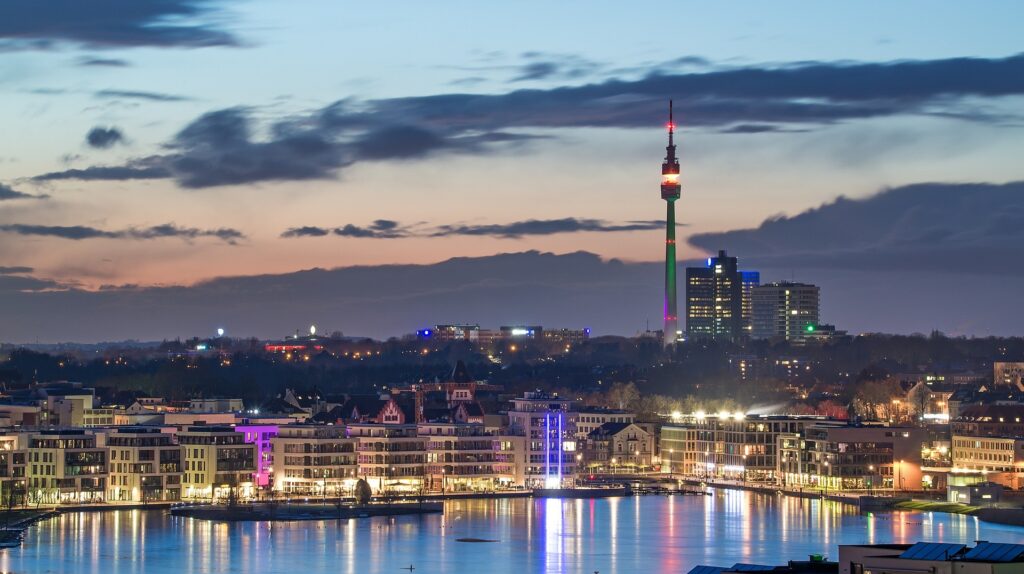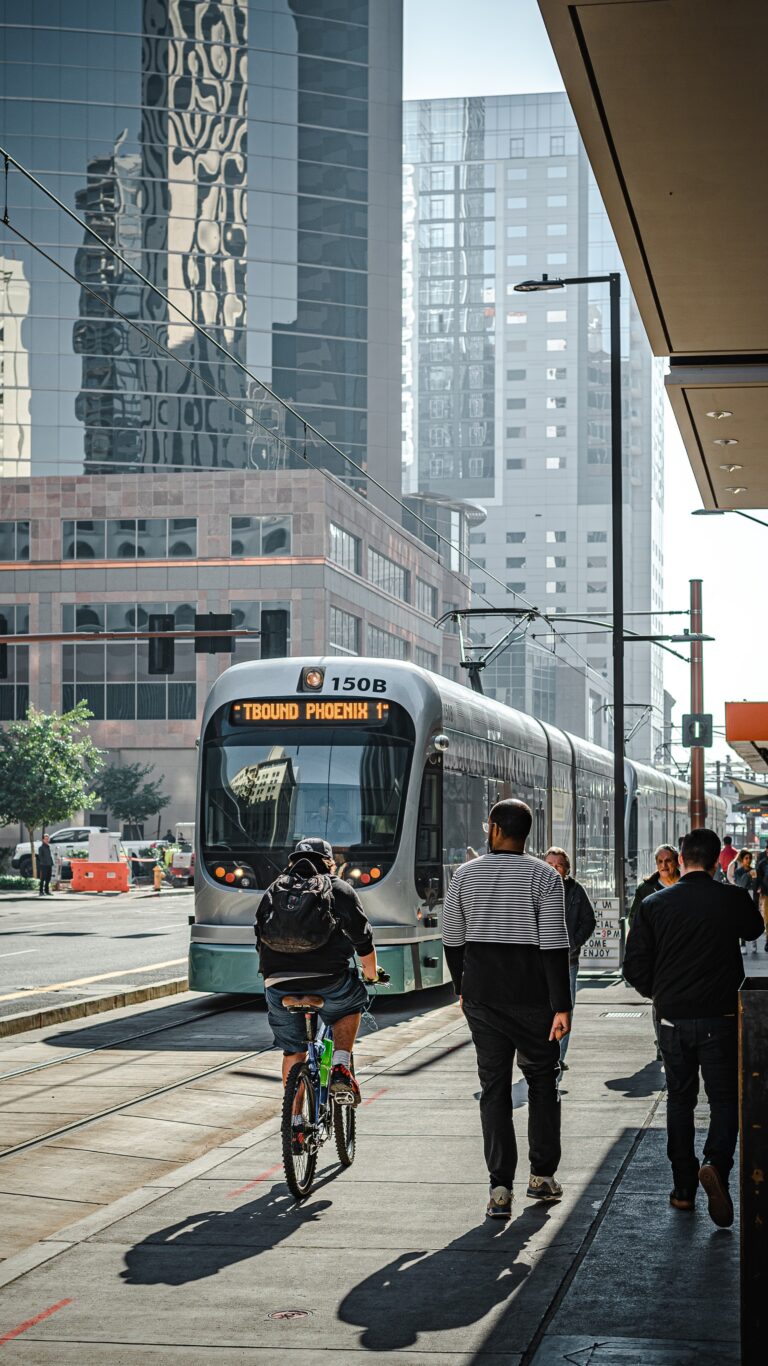7 Reasons Why Investing in Short-term Rentals in Phoenix, AZ is an Excellent Idea

US News ranked Phoenix #40th Best Place to Live and 140th Best Place to Retire. There’s no question the city’s all-year warm weather had something to do with it. While many other cities boast of sunny climes, only Phoenix has the combination of dazzling desert, nature trails, sporting events, arts, shopping and nightlife all rolled into one.
It’s a paradise and a refuge for millions of North Americans wishing to escape cold winters each year.
That’s why it’s also become a short-term rental mecca for real estate investors.
Market Factors for Investing in Short-term Rentals in Phoenix, AZ
Investors have been snapping up homes here because of the market’s red-hot conditions. Here’s why:
- Rent prices are soaring.
While many factors affect a market’s appeal, two leading drivers are the high price-to-rent ratio and double-digit rent growth. Home prices in a given town, in relation to rental costs, drive the market significantly. When rents become higher compared to the home prices, the market becomes more attractive. That’s according to Realtor.com’s chief economist Danielle Hale, speaking to Arizona’s business news organization, AZBigMedia.
And it’s what’s been happenin in Phoenix. Over the past year, the city had a 26% price-to-rent ratio and a 23% rent price increase. But with home prices at a 32.35% year-on-year increase, it makes better sense for residents to rent rather than buy homes.
2. Vacancy rates are low.
Last year, vacancy rates fell to 3.8%, the lowest in 20 years.
As the economy reopened and travel restrictions were lifted across the country, tourism rebounded and migrants from other states moved in. Rent prices for all types of accommodation spiraled.
In January this year, the average rent for a studio apartment in Metro Phoenix increased by 7%, reaching an all-time high of $1,145. One-bedroom apartments jumped by 2% to $1,275.
While developers continue to construct new apartments across the city, demand continues to rise and outpace supply. Rents are expected to increase again by 7.2% this year, pushing the average rent price up to $1,338 per month.
3. Home prices are skyrocketing.
While home prices rose all across the country last year, Phoenix ranked first among all major metro areas for home price increases. The median listing for a home in the Valley was $417, 500 in November 2020. A year later, it was just under $485,000.
And it doesn’t look like things will be slowing down soon. Experts estimate inflation to hover around 3% this year, while average home prices in the greater metro are expected to jump to about $500,000 this year.
As you know, real estate has always been a smart way to invest and protect one’s cash from rising inflation. If you’re looking to invest in short-term rental, there’s no better place to look than the Valley of the Sun.
Other Factors Driving the Heat on Phoenix Short-term Rentals
4. Population growth.
Phoenix is literally a boomtown. It’s been the fastest-growing big city in the US in the past decade, growing at 11.2%. It’s the only one among the 10 largest US cities posting double-digit growth from 2010 to 2020.
The current metro area population is now at 4.652 million, rising 1.6% since 2021. The city has already surpassed Philadelphia as the nation’s 5th biggest population.
And with remote work becoming the norm since Covid-19, more people have streamed in. In-bound migrants, retirees, corporate workers, and middle-class families from coastal states have been relocating here, looking for lower taxes, more affordable housing and lower cost of living.
College students are also in the mix. Metro Phoenix is home to more than 40 universities and educational institutions, including Arizona State, Northern Arizona University, University of Arizona and Maricopa Community Colleges.
While other Sun Belt cities are hotspots for migration, Phoenix was the most popular destination last year, followed by Dallas and Orlando. The Valley welcomed roughly 85,000 new residents from other metro areas in the country in 2021.
Californians are topping the list of migrants. In 2019 alone, some 60,000 Californians made Arizona their new home.

5. Strong job market.
Phoenix ranks No. 2 among the top 5 best-performing labor markets in the country. Not only that. It’s also creating more and more high-paying jobs. Out of large metros in the US, the Valley had the second-highest increase in 6-figure jobs in 2020, at 217.1% – next only to Nashville at 270.9%.
It’s because tech companies have been relocating here, lured by low taxes and the strong talent pool. Companies like Lucid and Nikola Motors, Weebly, Gainsight and Silicon Valley Bank have set up operations in the Valley.
And more are coming. The Greater Phoenix Economic Council says 1 in 3 Californian companies have been considering relocating to Arizona since 2020.
Last year, Taiwan Semiconductor Manufacturing Company began construction of its $12 billion computer chip manufacturing facility, promising an estimated 1,600 jobs. It plans to build as many as 6 factories over a 10- to 15-year span.
While the top-paying jobs are found in the professional, scientific and technical service sectors, other industries driving employment are health care, retail trade, accommodation, construction, manufacturing, and education.
Future job growth over the next 10 years is predicted at 48.2%, higher than the US average of 33.5%.

6. Great livability.
The sun shines on Phoenix 300 days of the year, every year. That’s more than what any other major metro in the US is getting. People love it here because they never have to shovel snow in the winter.
Plus, the cost of living in the Valley is 2% lower than the national average. The cost of goods and services, including housing, is 4% lower than the US average.
Niche.com gave this city an A- for livability and ranked it #19 best place to live in the United States. Phoenix got top scores for weather, diversity, nightlife, outdoor activity, health & fitness, and commute.
Love sports and fitness? The city is home to 4 major professional sports leagues, and numerous nature trails are a short drive away. These include Echo Canyon Trail, Lookout Mountain Preserve, Camelback Mountain, Piestewa Peak, and the Phoenix Mountains Preserve.
Many families and young professionals live in Phoenix. The public schools are above average, and two acclaimed hospitals are in the metro area: the Mayo Clinic and Banner Boswell Medical Center.
Most Phoenicians tend to have moderate political views.
7. Tourism.
Aside from in-migration, another factor driving the influx to Phoenix is tourism. The Valley is a popular destination for its nightlife, shopping, performing arts, sports stadiums, parks, museums and outdoor recreation.
It has 185 golf courses, and is within a little over an hour’s drive from 6 lakes.
Greater Phoenix is also home to one of the largest municipal parks in North America, South Mountain Park. Sprawled over 16,000 acres, it offers 50 miles of hiking, biking and horse trails.
And of course, Arizona state is home to the Grand Canyon.
Every year, millions of visitors descend on the Valley for rest and recreation. Over 19 million tourists were recorded in 2019, including those on day trips and overnight stays – as well as 1.5 million international travelers.
The estimated direct spending they generated resulted in more than $3.9 billion in revenues. Tourism sustains 8.7% of all the jobs in the Phoenix metro.
Many of the Valley’s visitors are actually retirees and snowbirds from across the northern United States and Canada. According to Arizona’s Office of Tourism, 1 million Canadian tourists accounted for $1 billion in spending in 2019.
Of course, those numbers plunged in 2020 because of Covid-19. But since borders reopened last November, and with pent-up travel after nearly 2 years of restrictions, expect Canadians to return with a vengeance in 2022.
It’s also worth noting that more than 40 million people are within a day’s drive of Phoenix, including folks from nearby cities like San Diego, Los Angeles, Las Vegas and Albuquerque.
Want to know the best part? Many of these visitors choose to stay at short-term rentals rather than hotels. That’s because STRs provide the privacy, amenities, comforts and affordability that most hotels can’t. Guests usually go on extended stays, averaging 8.4 days.

Airbnb Short Term Rentals Phoenix
If you’re on the hunt for properties to turn into short-term rentals, look in no other city. Keyword searches for the term “Airbnb Phoenix” is at 14,000 to 15,000, which shows just how many people are interested in staying at short-term rentals in the city at any given time.
And according to Airbnb, Phoenix is a jackpot for short-term rental owners — especially those hosting on their platform for the first time. They said the Valley was the 3rd most profitable area for new hosts for the first half of 2021. Collectively, these Airbnb hosts earned $6.3 million.
Interested? We can help start, manage and grow a short-term rental business in Phoenix for you. Cohostit provides turnkey management services – from marketing to optimization to issue resolution – and everything in between. Click here to see if you qualify.
